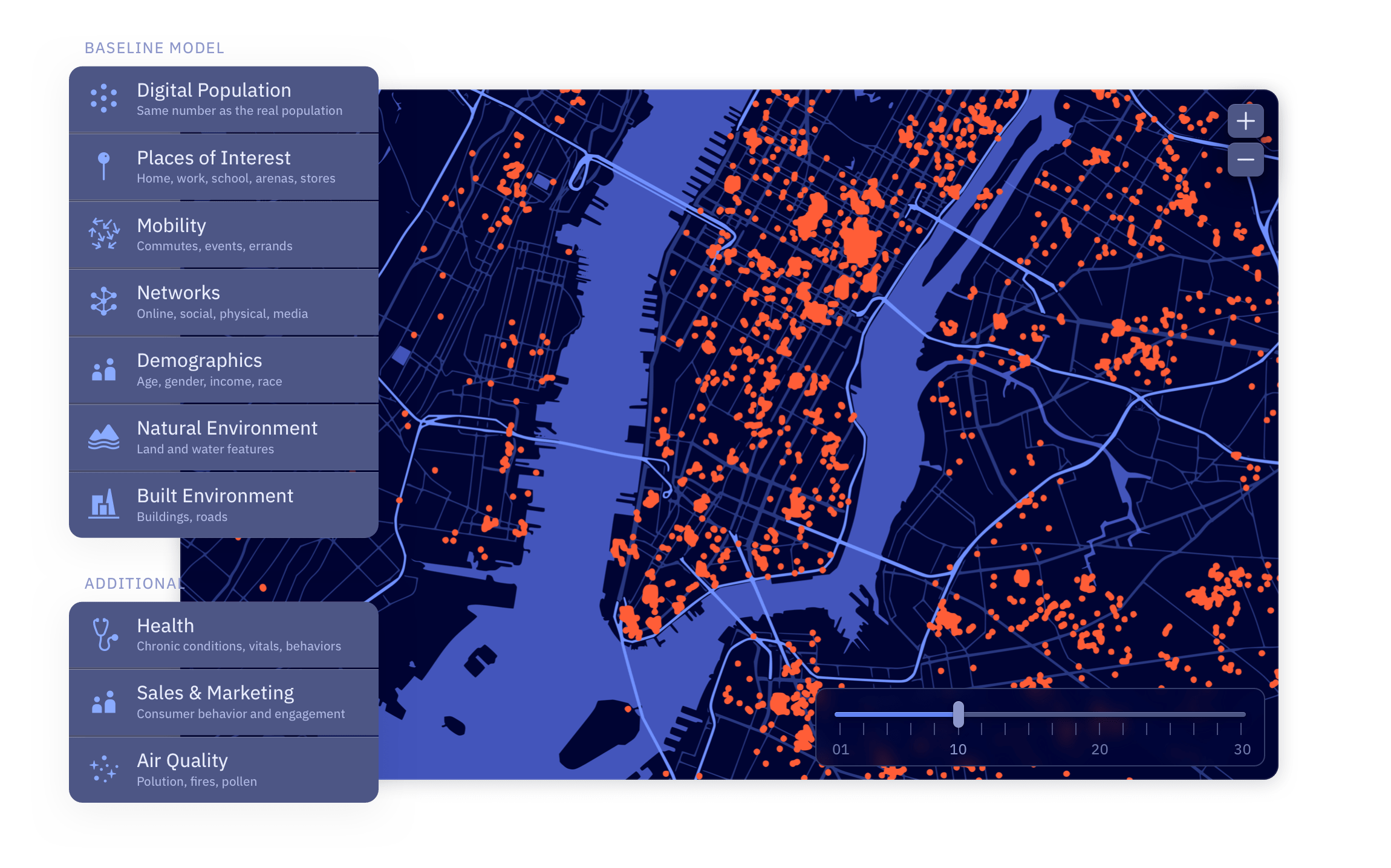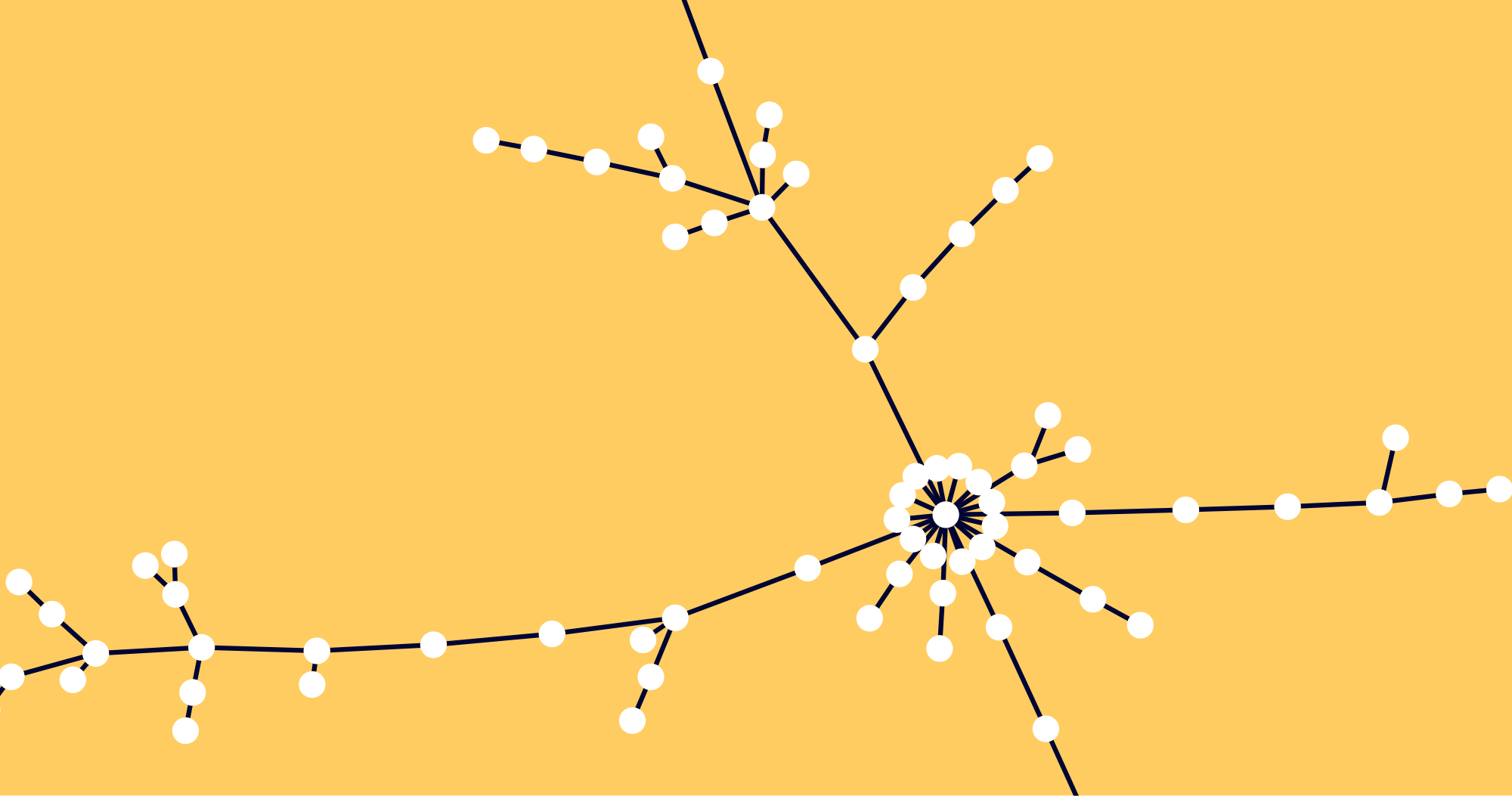A New Way to Make Sense of Emergence
Growing up in a military family, moving was the norm. I’d lived in 15 places by the time I turned 30. When you move that frequently, you learn to read places like other people read books. You can walk through a downtown and take the pulse of the city, noticing the things one place considers novel that have already been labeled a passing fad somewhere else. Over time, I began to understand the emergent forces shaping the distinctive ideas, behaviors, goods, and services that define a place’s identity.
These days, as CEO of Epistemix, I spend a good chunk of my time explaining how our platform enables data scientists to improve decision-making by unpacking those emergent forces and testing different scenarios with our interactive synthetic populations. As I told John Shufeldt on the Entrepreneur Rx podcast, our software is like a hyper-realistic SimCity where you can evaluate the impact strategies, policies, and interventions have on the populations and places in the simulation before you take action in the real world.

Our technology’s first use-case was helping businesses and public officials respond to emerging diseases faster and more effectively. Based on that early success, we realized you could use the same tools to proactively advance population health by running tests to identify small changes that can generate big improvements in health outcomes. As John observed on the podcast, Epistemix can “provide precision public health for all” by empowering leaders to simulate how their planned interventions change health trajectories within our hyper-realistic synthetic population before rolling them out.
Once we understood the scope of the capabilities this unlocks and found a scalable delivery model, we launched the platform to the public so that anyone can build and run their own simulations, evaluating the implications of their best ideas for the groups of people they care about.
Crafting strategic plans to differentiate your business over the next three-to-five-years? Wondering how your region might react to a new trend? Developing an investment strategy to capitalize on changing demographics? The challenge lies in anticipating how large groups of people will behave, how they’ll react to the specific change you’re seeking to make on their behalf. The way to win is to identify where the inflection points are, where you can find the most leverage, and then intervene in ways that are resilient to unexpected complications—exactly what epidemiologists need to do to overcome emergent public health challenges.
I’m immensely proud of what we’ve accomplished so far, and that pride pales in comparison to how excited I am to see what users achieve for themselves, their businesses, and their communities, but it wasn’t until John asked me about it during the podcast interview that I connected the dots all the way back to how I grew up.
Moving from city to city, I was always seeking to understand what made people and places tick. Today, we have better tools for analyzing population behavior than adolescent intuition; tools that let leaders be explicit about their assumptions and understand the range of unfolding possibilities. Now I ask, “what are the conditions that shape the actions that make people who they are, and what can we do to improve those conditions?” It turns out that in a world full of uncertainty and accelerating change, we’re all on the move in one way or another, so understanding how small changes in behavior can make an outsized impact on outcomes is more valuable than ever.
John Cordier is the CEO of Epistemix.

